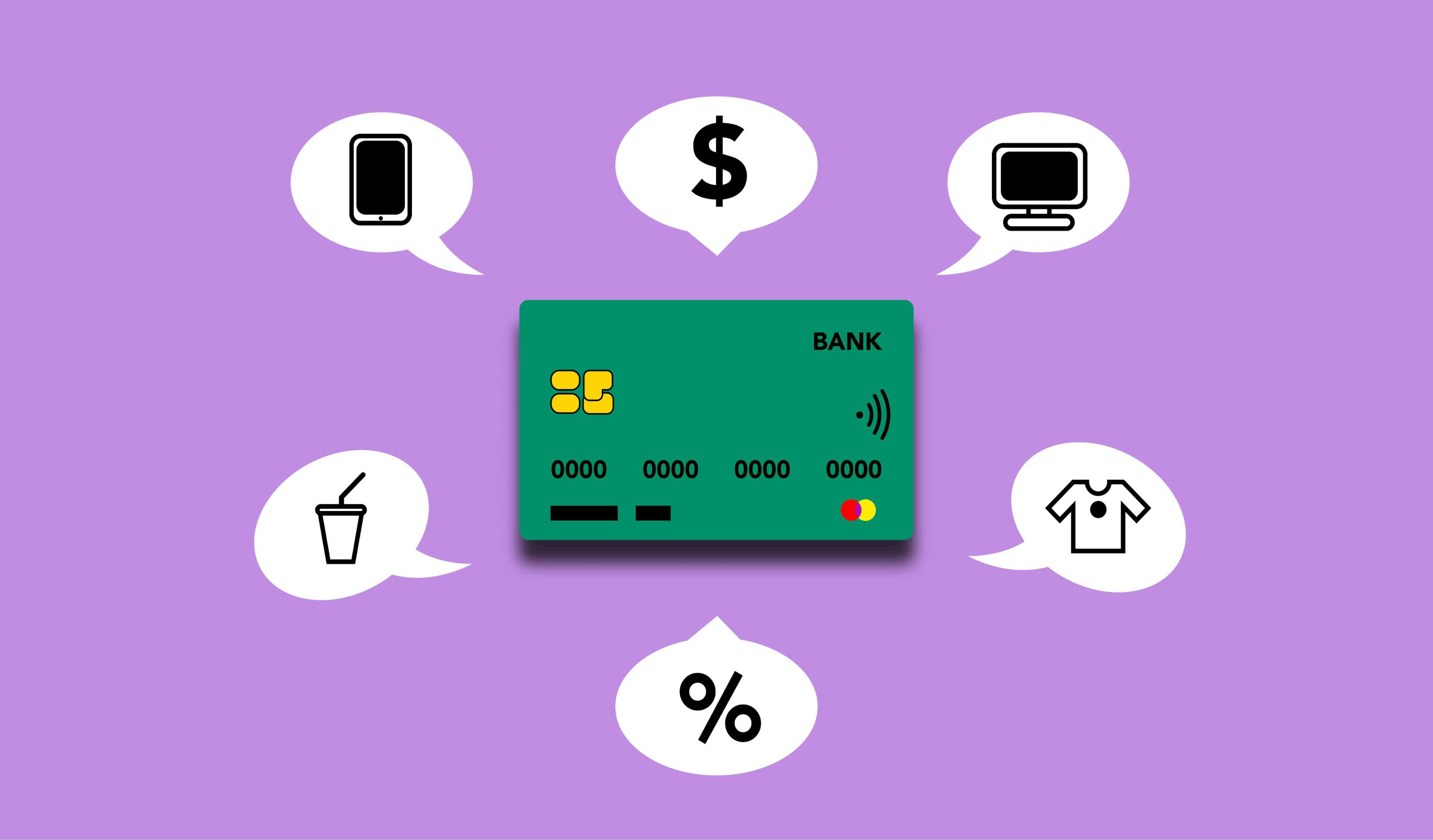Digital Wallets: Convenience, Security, and Best Practices
Welcome to the age of digital wallets! In today’s fast-paced world, carrying a bulky wallet filled with cash and cards seems like a thing of the past. With the rise of technology, many of us have turned to digital wallets for a more convenient and secure way to manage our finances. These electronic versions of wallets allow us to make purchases, store loyalty cards, and even transfer money with just a few taps on our smartphones. But like anything else, there are best practices to follow to ensure a seamless experience. In this article, we will discuss the convenience and security of digital wallets, as well as some best practices to keep in mind when using them.
The Convenience of Digital Wallets
The primary reason people turn to digital wallets is for the convenience they offer. Gone are the days of fumbling for cash or digging through your purse to find the right card. With a digital wallet, you can store all your payment information in one place and access it with just a few clicks. This makes checking out at a store or making online purchases quick and hassle-free.
But the convenience of digital wallets goes beyond just payments. Most digital wallets also allow you to store and organize your loyalty cards, eliminating the need to carry physical cards or download separate apps for each store. Additionally, you can use your digital wallet to store tickets and boarding passes, making it easier to travel without having to print or keep track of physical copies.
The Security of Digital Wallets
One of the main concerns people have about using digital wallets is the security aspect. However, digital wallets are actually more secure than traditional wallets in many ways. Firstly, they require authentication, such as a fingerprint or PIN, to access the stored information. This adds an extra layer of security, making it more difficult for someone to access your financial information in case your phone is lost or stolen.
Another security feature of digital wallets is that they use tokenization, which means the actual credit or debit card numbers are not stored. Instead, a unique digital token is used for each transaction, making it nearly impossible for hackers to steal your payment information. Additionally, most digital wallets offer the option to remotely lock or delete the data stored in the wallet in case of theft or loss, providing an added layer of protection.
Best Practices for Using Digital Wallets
1. Use Strong Authentication
As mentioned earlier, most digital wallets offer a variety of authentication options, such as fingerprints, PINs, or facial recognition. It is important to use these features to protect the sensitive information stored in your wallet. Avoid using simple or easily guessable passwords and make it a habit to lock your phone when not in use.
2. Enable Notifications
Another best practice is to enable push notifications for your digital wallet. This way, you will receive an alert every time a transaction is made, allowing you to quickly spot any unauthorized charges. Some digital wallets also offer the option to set purchase limits or restrict certain types of transactions, adding an extra layer of security.
3. Keep Software and Apps Up to Date
To ensure the safety of your digital wallet, it is important to keep your phone’s software and the digital wallet app up to date. These updates often include security patches that fix any vulnerabilities that could potentially put your data at risk.
4. Be Cautious About Public Wi-Fi
Avoid making transactions using your digital wallet while connected to public Wi-Fi. These networks are often unsecured, making it easier for hackers to intercept your data. If you need to make a purchase, it is best to use your cellular data or wait until you are connected to a secure network.
5. Keep a Record of Transactions
It is a good practice to keep a record of your transactions, either in the form of digital receipts or by checking your bank statements regularly. This way, you can quickly spot any unauthorized charges and report them to your bank or digital wallet provider immediately.
In Conclusion
Digital wallets offer convenience and security, making them a popular choice for managing finances. By following these best practices, you can ensure a safe and hassle-free experience while using a digital wallet. Don’t be afraid to embrace this digital revolution and say goodbye to bulging wallets for good!










